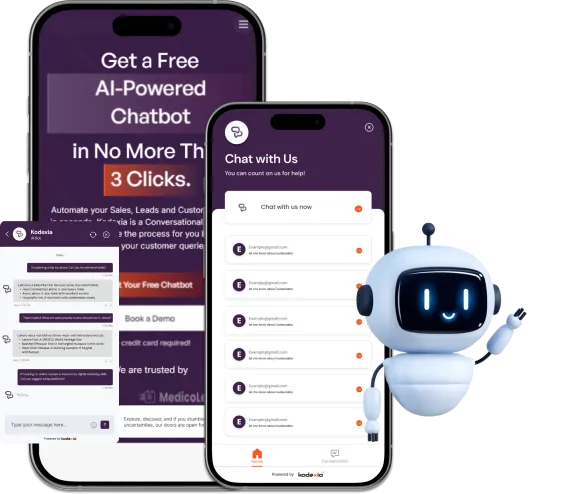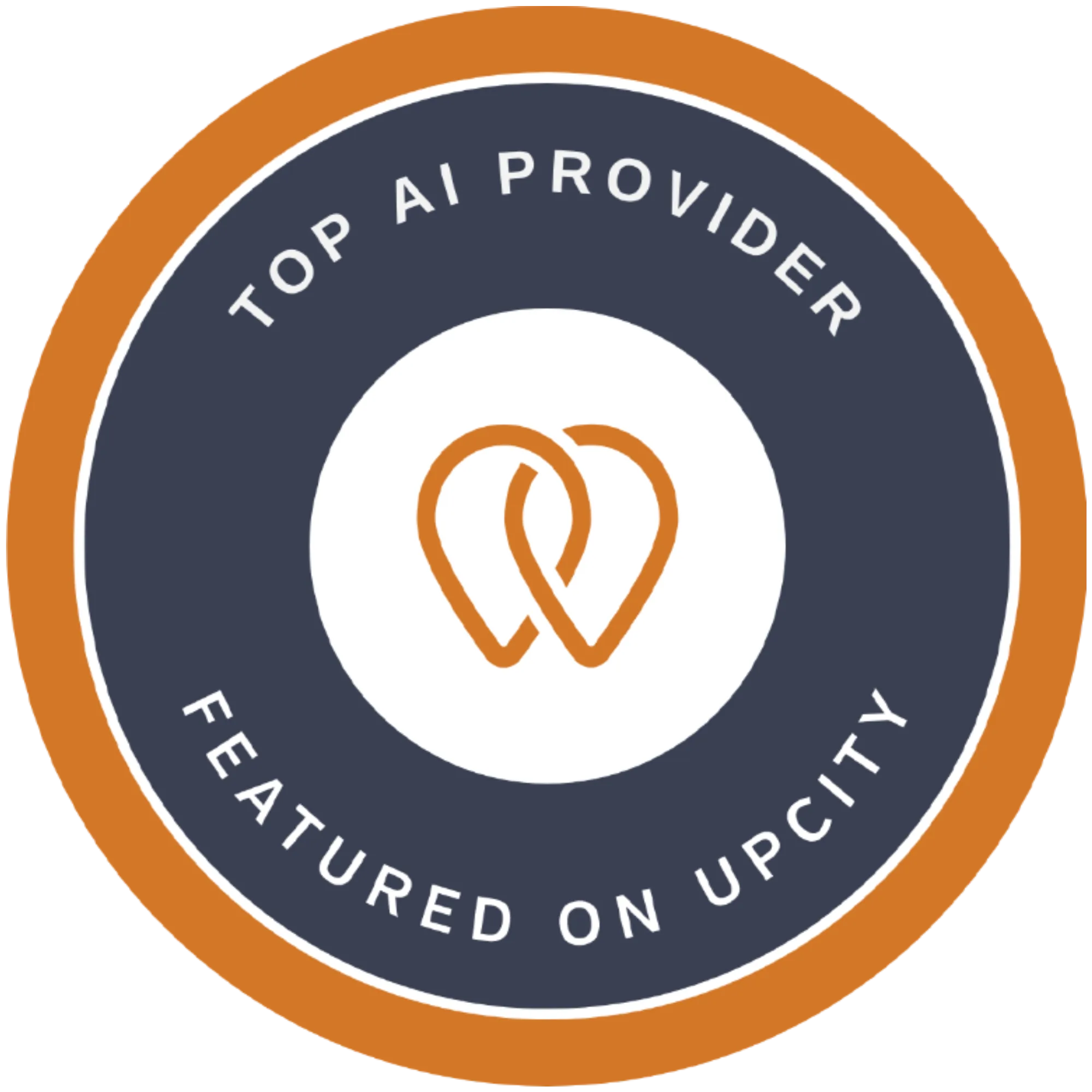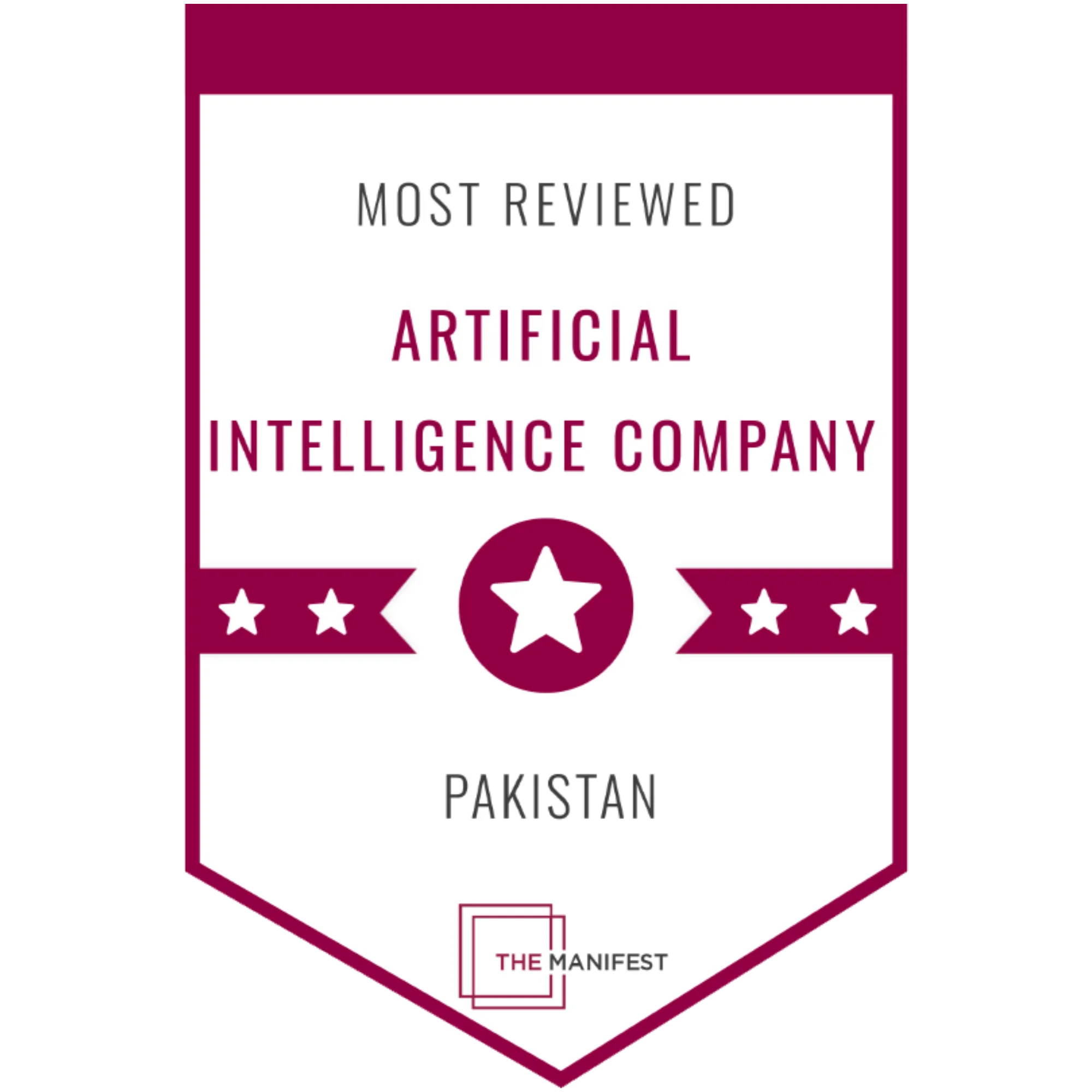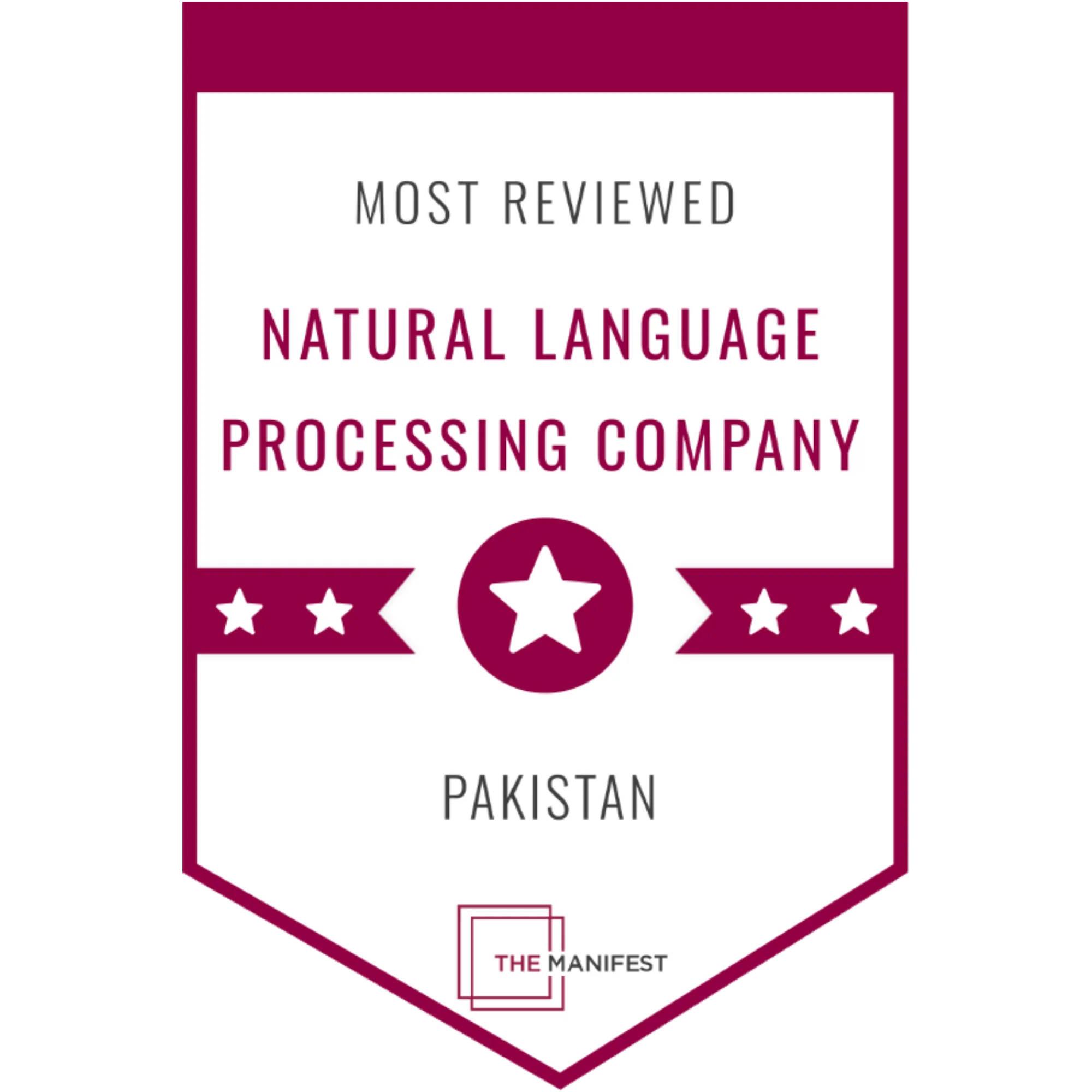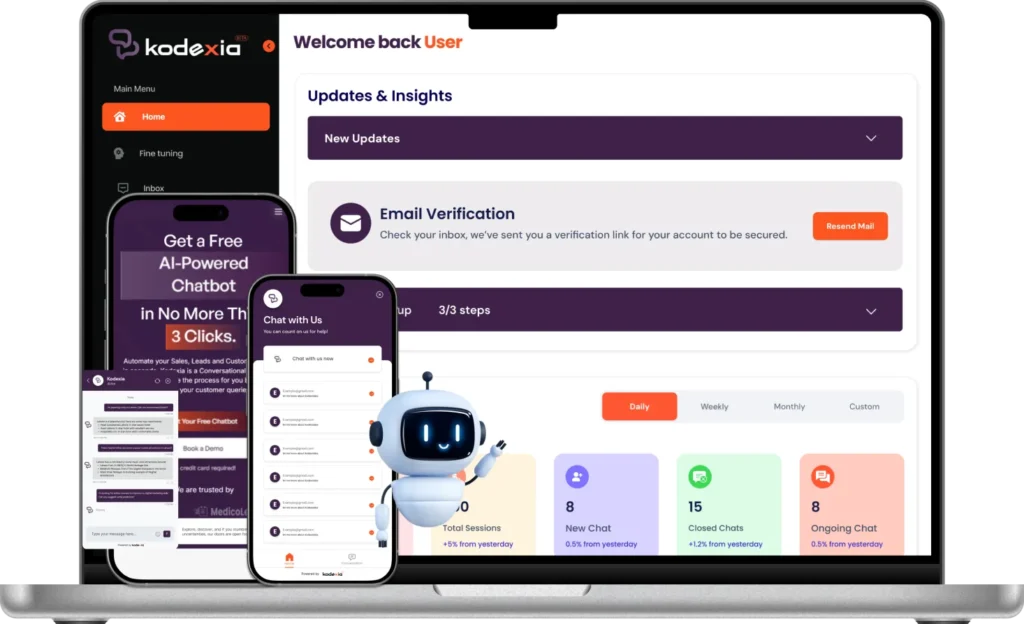AI in Education: Intelligent Tutoring Systems for Effective Education with AI and ML Integration

Contents
What is AI in Education?
AI in education refers to the integration of artificial intelligence technologies into educational settings to enhance learning experiences, streamline administrative tasks, and personalise educational content. The application of AI in education spans a wide range of areas, from intelligent tutoring systems to generative AI, aiming to revolutionise traditional teaching methods and make education more adaptive and efficient.
Intelligent tutoring systems are a prominent example of AI. These systems leverage machine learning algorithms to assess individual student needs and tailor educational content accordingly. By analysing students’ learning patterns, these systems provide personalised feedback and guidance, fostering a more interactive and customised learning environment. Tutoring systems aim to address the diverse learning styles and paces of students, ensuring a more effective educational experience.
Generative AI in education involves the use of AI algorithms to create and generate educational content. This can include automated content creation for textbooks, quizzes, or even lesson plans. Generative AI contributes to the scalability of educational resources, allowing educators to focus on more personalised interactions with students. However, it also raises concerns about the quality and authenticity of the generated content, necessitating careful validation and oversight.
Machine learning in education plays a crucial role in predictive analytics and data-driven decision-making. By analysing large datasets, machine learning algorithms can identify patterns and trends, helping educators and administrators make informed decisions. Predictive analytics can assist in identifying students at risk of falling behind or those who may benefit from additional support, enabling early intervention strategies to improve overall student outcomes.
Despite the potential benefits, the AI integration in education comes with its own set of pros and cons. On the positive side, AI can provide personalised learning experiences, automate administrative tasks, and offer real-time feedback to both students and educators. However, concerns exist regarding issues such as data privacy, the potential for bias in AI algorithms, and the need for adequate teacher training to effectively integrate AI tools into the educational process. Striking a balance between technological innovation and ethical considerations is crucial to acquiring the full potential of Artificial Intelligence in education and ensuring equitable access to quality learning opportunities.
Challenges faced by education systems without AI integration:
The education landscape is continually evolving, and the integration of artificial intelligence (AI) has become a pivotal point of discussion. However, several challenges persist for education systems that have not yet embraced AI. One prominent challenge is the absence of personalised learning experiences that intelligent tutoring systems can provide. Traditional education models often struggle to cater to individual student needs and learning paces. Intelligent tutoring systems, powered by AI, have the potential to adapt to each student’s unique learning style, providing tailored content and support.
Another significant hurdle faced by education systems without AI integration is the limited utilization of generative AI in education. Generative AI technologies can enhance content creation, offering a dynamic and interactive learning environment. This innovation allows for the development of engaging educational materials, simulations, and virtual experiences, fostering a more immersive and effective learning process. Without the integration of generative AI development, education systems may miss out on opportunities to enhance creativity and critical thinking skills in students.
Furthermore, the absence of AI in education leaves educators without the benefits of machine learning algorithms, which can analyse vast amounts of data to identify patterns and trends. Machine learning in education can assist in predictive analytics, helping educators anticipate challenges that students may face and intervene proactively. Without these insights, education systems may struggle to address issues such as dropout rates and academic performance variations among students.
Examining the pros and cons of AI in education is crucial when considering its integration. While AI offers personalised learning, efficient content creation, and data-driven insights, concerns about data privacy, ethical considerations, and potential biases in algorithms must be carefully navigated. Education systems without AI integration may miss the chance to harness the positive aspects of these technological advancements while remaining shielded from the challenges that can arise.
In conclusion, the challenges faced by education systems without AI integration are multifaceted. The absence of intelligent tutoring systems, generative Artificial Intelligence in education, and machine learning capabilities may impede progress towards more effective and personalised learning environments. As the education landscape continues to evolve, embracing AI responsibly and addressing its associated challenges will be crucial in preparing students for the dynamic demands of the future.
AI’s Assistance in EdTech:
AI in education, commonly referred to as EdTech, has emerged as a transformative force, reshaping the landscape of learning and teaching. One of the key applications of Artificial Intelligence in education is through intelligent tutoring systems. These systems leverage machine learning algorithms to provide personalised and adaptive learning experiences to students. By analysing individual learning patterns and preferences, tutoring systems can tailor educational content and pacing, ensuring that students receive targeted support and challenges based on their unique needs. This level of personalisation not only enhances the efficiency of learning but also helps students master their hardest subject, contributing to improved academic outcomes.
Generative AI in education is another facet that showcases the potential of artificial intelligence to create content autonomously. This application involves the use of generative algorithms to produce educational materials such as quizzes, tests, and even instructional content. Generative AI not only accelerates the content creation process but also allows for the generation of diverse and engaging learning materials. This innovation can be particularly valuable for educators facing time constraints and seeking innovative ways to engage students with dynamic and relevant content.
The adoption of Artificial Intelligence in educational app development brings forth a range of advantages. One of the notable pros and cons of AI in education is the ability of intelligent systems to provide instant feedback to students. This real-time feedback mechanism aids in identifying areas for improvement and helps students grasp concepts more effectively. Additionally, AI-powered platforms can analyse vast amounts of data to identify learning trends and patterns, enabling educators to make informed decisions about curriculum design and instructional strategies. Moreover, the flexibility and adaptability of intelligent tutoring systems contribute to a more inclusive educational environment, accommodating various learning styles and preferences.
However, the integration of AI in education also poses certain challenges and concerns. One of the cons is the potential for over-reliance on technology, leading to reduced human interaction in the learning process. Striking a balance between technology and human touch is crucial to maintaining the social and emotional aspects of education. Additionally, issues related to data privacy and security must be carefully addressed to ensure the protection of sensitive student information. Ethical considerations, such as algorithmic bias, also need to be taken into account to prevent unintended consequences in educational outcomes.
In conclusion, the incorporation of AI in education, including intelligent tutoring systems, generative AI and machine learning applications, has the potential to revolutionise traditional teaching methods. The personalised learning experiences, efficiency gains, and innovative content creation facilitated by AI contribute to a more dynamic and effective educational environment. However, it is essential for educators, policymakers, and stakeholders to navigate the challenges associated with AI in education responsibly, ensuring that its implementation aligns with educational goals and values.
AI Applications in EdTech:
Applications and Use Cases of AI in EdTech:
Artificial Intelligence in Education:
Personalised Learning Paths:
AI can analyse individual learning patterns and tailor educational content to suit each student’s needs.
Adaptive Assessments:
Intelligent systems can provide dynamic assessments that adjust difficulty based on a student’s performance.
Intelligent Tutoring Systems:
Real-time Feedback:
AI-powered tutors can offer immediate feedback, helping students correct mistakes and understand concepts more effectively.
Progress Monitoring:
Intelligent tutoring systems can track a student’s progress and adapt the curriculum accordingly.
Generative AI in Education:
Content Creation:
AI can generate educational content, such as quizzes, exercises, and even lesson plans, to assist teachers in curriculum development.
Virtual Learning Assistants:
Generative AI can create virtual teaching assistants that engage with students and provide additional support.
Pros and Cons of AI in Education:
Personalisation:
AI-enabled personalised learning experiences tailored to individual student needs.
Efficiency:
Automated grading, lesson planning, and data analysis save educators time and streamline administrative tasks.
Accessibility:
AI can enhance accessibility for students with diverse learning needs.
Lack of Human Touch:
Some argue that AI can’t fully replace the human connection and guidance provided by teachers.
Initial Costs:
Implementing AI systems may involve significant upfront expenses for schools and institutions.
Ethical Concerns:
Issues like data privacy, bias in algorithms, and accountability raise ethical considerations in AI adoption.
Machine Learning in Education:
Predictive Analytics:
Machine learning algorithms can analyse student data to predict academic performance and identify students at risk of falling behind.
Recommender Systems:
AI can suggest relevant learning materials based on a student’s preferences and past performance.

How does AI use Intellect for Tutoring Systems?
AI in education has become an increasingly prevalent and transformative force, with intelligent tutoring systems at the forefront of this technological revolution. These systems leverage the capabilities of artificial intelligence to provide personalised and adaptive learning experiences for students. One key aspect of these tutoring systems is their utilisation of generative Artificial Intelligence in education, allowing them to dynamically generate content and responses based on individual student needs.
Intelligent tutoring systems employing generative AI in education harness machine learning algorithms to analyse vast amounts of educational data. Through this process, these systems gain insights into the unique learning patterns and preferences of each student, tailoring instructional content to optimise comprehension and retention. By incorporating machine learning in education, these systems continuously adapt and refine their strategies, ensuring a more effective and personalised learning journey for students.
The pros and cons of AI in education, particularly in intelligent tutoring systems, are manifold. Firstly, the ability to personalise learning experiences enhances student engagement and motivation, as content is tailored to individual strengths and weaknesses. Additionally, the real-time feedback provided by these systems aids in identifying areas for improvement, fostering a more efficient learning process. The use of generative AI in education also enables the creation of diverse and adaptive learning materials, keeping students actively involved and accommodating various learning styles.
However, the integration of AI in education also brings forth certain challenges and considerations. One of the pros and cons of AI in education is relying on intelligent tutoring systems over the potential for overreliance on technology, which may diminish the importance of human interaction in the learning process. Critics also highlight concerns related to data privacy and security, as the collection and analysis of extensive student data raises ethical considerations that must be carefully addressed to protect student confidentiality.
In conclusion, the incorporation of AI in education, particularly in the realm of intelligent tutoring systems, is a powerful and transformative force. Generative AI in education, coupled with machine learning algorithms, empowers these systems to adapt and personalise learning experiences for individual students. The pros and cons of AI in education are enhanced engagement and tailored instruction, which must be balanced with the pros and cons of AI in education with potential overreliance on technology and ethical considerations, highlighting the need for a thoughtful and well-regulated approach to the integration of Artificial Intelligence in education.
Machine Language in Education:
Machine language in education refers to the integration of artificial intelligence (AI) into educational settings, encompassing various applications and technologies aimed at enhancing the learning experience. One prominent aspect of Artificial Intelligence in education is the development and implementation of tutoring systems. These systems leverage machine learning algorithms to analyse students’ performance, tailor educational content to individual needs, and provide personalised feedback. Tutoring systems are designed to mimic human tutoring interactions, creating a more adaptive and responsive learning environment.
Generative AI in education is another facet that has gained attention. This involves the use of generative algorithms to create content, such as educational materials, quizzes, or even virtual tutors. Generative AI can play a role in content creation by automating the process, thereby increasing the efficiency and accessibility of educational resources. However, the integration of generative AI in education requires careful consideration of content quality, ethical considerations, and potential biases embedded in the algorithms.
The pros and cons of AI in education are noteworthy. Intelligent tutoring systems can offer personalised learning experiences, adapting to the pace and style of individual students. Machine learning in education allows educators to analyse vast amounts of data to identify patterns and trends, enabling data-driven decision-making for curriculum development and teaching strategies. Moreover, AI can provide real-time feedback, fostering a more interactive and engaging educational environment.
Despite these advantages, there are pros and cons of AI in education. One concern is the potential for over-reliance on technology, leading to a lack of human connection in the learning process. Additionally, ethical considerations arise with the use of generative AI in education, as biases inherent in the algorithms may inadvertently perpetuate inequalities. Furthermore, there is a need for ongoing teacher training to effectively integrate AI tools into the educational framework and maximise their benefits.
Future Advancements of AI in Education:
The future of AI in education holds transformative potential, leveraging cutting-edge technologies to enhance the learning experience for students and educators alike. Artificial Intelligence in education refers to the integration of artificial intelligence, machine learning, and intelligent tutoring systems into educational processes to create a more personalised and efficient learning environment. This evolution is marked by the deployment of tutoring systems, which utilize machine learning algorithms to adapt to individual learning styles, providing targeted support and feedback.
Intelligent tutoring systems represent a key aspect of the future landscape, aiming to revolutionise traditional teaching methodologies. These systems leverage generative AI in education, allowing for the creation of dynamic and adaptive content. Generative AI enables the generation of personalised learning materials, adapting to the specific needs and pace of each student. This approach fosters a more engaging and tailored educational experience, addressing the diverse learning preferences within a classroom setting.
The implementation of machine learning in education is poised to revolutionise how educators assess and address the needs of their students. Machine learning algorithms can analyse vast amounts of data, identifying patterns and trends that inform the development of personalised curricula. This data-driven approach allows educators to tailor their teaching strategies, ensuring that students receive targeted support to maximise their learning potential.
However, as with any technological advancement, there are both pros and cons of AI in education that must be considered. On the positive side, the integration of AI technologies can streamline administrative tasks, providing educators with more time to focus on individualised instruction. Tutoring systems can also identify learning gaps and provide timely interventions, enhancing student performance. Nonetheless, concerns about data privacy, ethical considerations, and potential biases in algorithms underscore the need for careful implementation and oversight in the integration of AI in education.
Kodexo Labs to the Rescue: Our Case Studies
Kodexo Labs made sure that education was dealt with with keenness and thoroughness. Here, at Kodexo Labs, we utilise machine learning in education to enhance educational organisations through the implementation of generative AI in education. We are currently working on intelligent tutoring systems, and our ambition is to revolutionise the methodology of grasping knowledge by making it easy and simplified while maintaining its effectiveness. Our intelligent tutoring system for AI in education is enhanced with attributes to comfort the user and provide an easy learning path.
Teacher AI:
Meanwhile, check out Teacher.AI, which is meant to teach multiple languages. Teacher.AI is an innovative AI language tutor developed for Xiaomanyc. It utilises voice recognition, reading comprehension, in-depth conversations, and simultaneous learning to engage users effectively. The AI tutor facilitates bilingual communication, performance tracking, and progress monitoring and emphasises both active and passive vocabulary development, providing an immersive and personalised language learning experience.
PaperJam:
PaperJam is an AI web application that makes understanding and working together on PDF documents easier. It provides AI-driven Q&A, automatic document summarising, collaborative features, document upload and deletion, personalisation, and secure user accounts. Students, professionals, and anybody else trying to improve their document-related duties would benefit from this programme, which transforms how users study and interact with papers.
We ensure that our platforms are used to the fullest for AI development and machine learning in education. Where generative AI in education is making an impact, there are some pros and cons of AI in education as well. We must make sure to keep a stable balance, as our youth need the most information with the correct curriculum set by instructors.

Conclusion:
In conclusion, the future of Artificial Intelligence in education is a promising frontier that encompasses intelligent tutoring systems, generative AI in education, and machine learning in education. While the integration of these technologies holds immense potential to revolutionise the educational landscape, it is crucial to navigate the associated challenges, weighing the benefits against ethical and privacy considerations. As the field continues to evolve, a balanced and thoughtful approach to Artificial Intelligence in education will be essential to harnessing its full potential and ensuring positive educational outcomes for students globally.

Author Bio
Read More Blogs
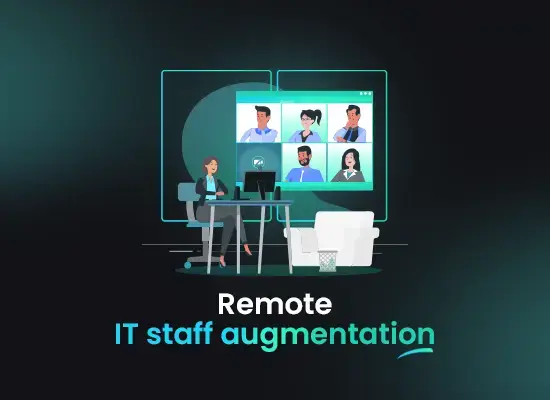
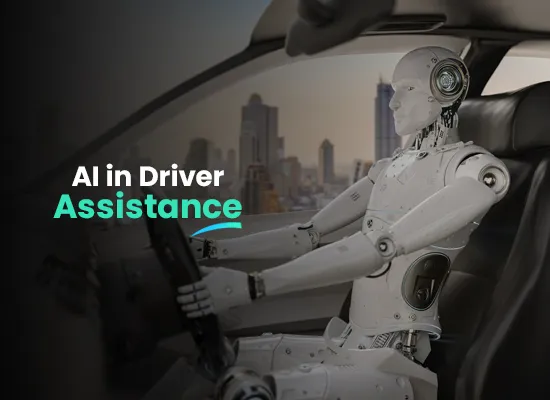
AI in Driver Assistance: The Way for Smarter & Safer Travel


